Paraffin waxes in paper industry
Paraffin waxes in the paper industry
Paraffin waxes in the paper industry although the use of plastics steadily increases in packaging, cellulose-based papers, cardboard and corrugated paperboard still remain the most important packaging materials. Besides other additives, paraffin waxes and wax-containing auxiliary products are largely used for improving the properties of paper, cardboard and corrugated paperboard. The packaging industry is one of the most important consumers for direct applications of paraffin wax. This is due mainly to the following factors: – paraffin waxes are inexpensive, – they are available in practically unlimited quantities, – their grades do not vary. In fields where the paraffin waxes themselves are not capable of meeting the necessary requirements, their functional properties can readily be improved by the addition of natural or synthetic waxes or polymers. Such products can be utilized in the paper industry using simple and rapid operations. Paraffin waxes, with suitably selected plastics additives, have favorable properties : good adhesion, permanent gloss, impermeability to water and water vapor, broad ranges within which viscosity, plasticity and mechanical strength may be varied. Para& waxes are used in the paper industry especially for impregnation, coating and laminating. In addition, paraffin waxes are used as additives to paper sizes. Paraffin waxes in the paper industry
(A) Paraffin waxes for impregnation
Impregnation is used both during paper manufacture and for the finishing of the paper. Paper has a capillary structure which causes it to absorb moisture. This property is often inconvenient and can be mitigated by impregnation with various additives, e.g. paraffin waxes. The formed paper web can also be impregnated by leading it, by means of guide rolls, through the solution or melt of the impregnating material. Shaped paper products, such as containers, etc., can also be subjected to impregnation. The impregnating substance uptake is defined by the above-cited conditions. It usually varies between 3 to 35 g/m2. The substances suitable for impregnation are macro- and micro crystalline paraffin waxes, their blends, and modified low melt-viscosity paraffin waxes containing a maximum of 10 wt-% polymer. The polymers used for this purpose are polyethylene, polyisobutylene, ethylene-vinyl acetate copolymer. Paraffin waxes in the paper industry
(B) Paraffin waxes in coatings
Paraffin waxes in the paper industry In coating, a film is formed directly on the surface of the paper, without applying an adhesive between the film and the paper. In addition, the film is an unbroken, glossy, flexible, smooth layer, it is waterproofing and impermeable to water vapor. The equipment developed for melt-coating is based on rollers, discharge devices or nozzles. For high-viscosity hot-melt coating special discharge slots, so-called curtain-coating equipment has been developed, forming a film curtain under which the shaped products pass and become coated. The melt uptake is controlled according to the viscosity of the melt and the porosity of the paper material; 10 to 20 g/m2 paraffin wax application yields a continuous layer. Three types of melt are used for coating : – paraffin waxes with a maximum 10 wt-% polymer content, with melting points only slightly higher than that of the paraffin wax, and with low melt viscosity ; – waxes and paraffin waxes with 20 to 35 wt-% polymer content (so-called hot-melts), having higher melting points than those of the former type, and medium melt viscosity values ; – extrusion coating materials with high melting points and high melt viscosity. For coating with paraffin wax products it is expedient to use suitable blends of macro- and micro crystalline waxes. The macro crystalline waxes lend gloss, light color, stiffness and transparency to the coating, the micro crystalline waxes provide low permeability to water vapor and fatty substances, adhesion and high flexibility. The particularly important duty of the micro crystalline wax components is to preserve impermeability to water vapor of packaging materials (corrugated paperboard for machines, instruments, food, containers, cups, etc.) under the effect of mechanical loads. The difference in water vapor permeability between macro- and micro crystalline paraffin waxes is scarcely detectable. However, the papers coated with these waxes show significant differences, since micro crystalline waxes, owing to their higher flexibility, form layers more resistant to mechanical effects. For this reason, paraffin wax products for the paper industry always contain micro crystalline waxes. According to whether their function is coating or increase of hardness, Rumberger stipulated the requirements listed in Table 111-2 for micro crystalline paraffin waxes. Waxes for coating originate from residual oils, and improve the melting point and the vapor proofing properties of the macro crystalline waxes. Micro crystalline waxes for improving the hardness and melting point of macro crystalline waxes are products obtained from tank waxes or petrolatum by DE-oiling. The surface gloss obtained with paraffin wax products can be increased with hard waxes as additives. The further advantages of these components consist (a) in their anti-blocking property, i.e. surfaces placed one on one another do not stick together; and (b) in their flexibility, ensuring that the film does not crack during use. The product ensures good mechanical strength for the raw paper. It improves resistance of the papers to cracking, and reduces their permeability to water and water vapor. Owing to the optimum oil content, the wax layer has a high flexibility and smooth surface. Due to the high drop melting point, packaging paper treated with the product can also be used in warm climates. The low viscosity of the melt allows simple processing. Among polymers containing paraffin wax products, the three-component products consisting of polyethylene, macro crystalline paraffin wax and micro crystalline paraffin wax are prominently good. Such polyethylene waxes mix readily with paraffin waxes at temperatures around 110-120 “C, and only slightly increase the melt viscosity of the paraffin waxes. Increased gloss can be observed with percentages of the additive as low as 2 wt-x, and the blocking temperature is also higher. To achieve the gloss, melting point, blocking temperature, abrasion resistance and flexibility required in specifications, 3 to 5 wt-% of the polyethylene additive must be used. Still higher gloss is obtained by 6 to 10 wt-%. and a suitably chosen polyethylene wax are presented. Macro- and micro crystalline paraffin waxes worked well for the safe sealing of flasks and containers used to pack goods sensitive to air and moisture. Paraffin waxes in the paper industry
Milk cartons, butter and ice-cream cartons, containers for deep-frozen food, etc. require coatings allowing the filling of the containers at higher temperatures, and, therefore, higher melting points of the product used for coating. The characteristics of such products, also used for coating packaging materials for bread, meat, candies, etc., are listed . The paraffin wax products contain polyethylene wax. Paraffin waxes in the paper industry
plastics products are stronger than those obtained with paraffin wax-based products. However, in many cases the latter are preferable for this very reason, because the lower seal strengths allow the package to be opened without also destroying the whole packaging material. This is an important advantage when the content of the package is not consumed all at once, e.g. for bread packages. The strength of the seal depends both on the adhesion forces between the paper and the paraffin wax, and on the cohesion forces within the paper and the paraffin wax. These forces can be controlled by the temperature and time of the sealing operation, by the amount of wax applied, by the cooling speed after hot sealing, by the composition of the wax product and by the grade of the paper.
(C) Paraffin waxes for lamination
Paraffin waxes in the paper industry lamination is the bonding operation of two or more webs, films or foils made of the same or of different materials (paper, metal foils, plastics films, etc.). Lamination allows the combination of the advantages of different types of packaging materials and the minimizing of their disadvantages. They are suited for strong, transparent packaging materials impermeable to fatty substances, gases and aromas. The adhesives are varnish resins, rubbers, etc.; – hot-melt lamination eliminating any use of solvents. The adhesives are paraffin waxes, micro crystalline waxes, paraffin waxes with polymer additives. The adhesive is applied from a heated tank onto one web, which is then joined with the other web, and finally the adhesive is solidified by passing over cooling rollers. This lamination procedure allows high speeds. Excellent packaging materials for e.g. macaroni, biscuits, cakes can be manufactured; – so-called stretch-lamination, in which paper is laminated with heat-plasticized, considerably stretched plastics film. Among hot-melt adhesives, waxes and paraffin waxes alone yield only low bond strengths, but this can substantially be improved by adding synthetic thermoplastic adhesives. The viscosity of the melt is controlled by temperature. Compositions whose viscosity are suitable within the 120 to 200 “C temperature range lend themselves readily to processing. The most widely used laminates manufactured by the hot-melt process are combinations of paper with aluminum foil, paper with cellophane and paper with plastics films. The grade of the micro crystalline paraffin waxes used as components of hot melt adhesives depends on the area of application. For instance, if porous layers are to be bonded, micro crystalline wax with good cohesive properties is required, with low oil content and no low-melting fractions. Such wax will not cause stains on the surface of the packaging material, and the low-melting fractions will not exude.
(d) Paraffin waxes as additives to paper sizes
Paraffin waxes in the paper industry Paraffin waxes are used for sizing to reduce the moisture absorption of paper. Paraffin waxes or their emulsions used as additives promote the uniform distribution of the size in the fibrous structure of the paper, since the wax particles separate the resin adhesive particles from one another, thus preventing their agglomeration. Another advantage of adding paraffin wax is that it compensates the effect of the resin adhesives to mix with the various pigments. Thereby print ability is improved and efficiency of printing is increased. Also, the addition of 1 to 5 wt-% paraffin wax results in a substantial moisture repellent effect, owing to an increase of the surface tension of the adhesive. It is preferable to introduce the paraffin waxes into the system as emulsions containing usually 35 to 50 wt-% of solids. Particle size in the emulsion varies between 0.5 and 5 pm. Micro crystalline paraffin waxes or blends of micro- and macro crystalline waxes with melting points between 50 and 65 “C are used for these emulsions.


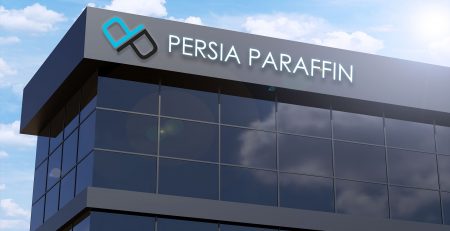
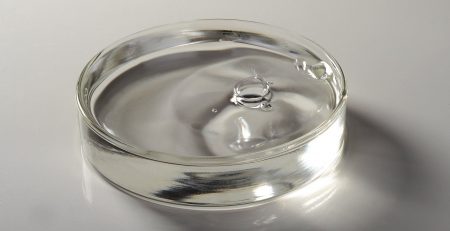
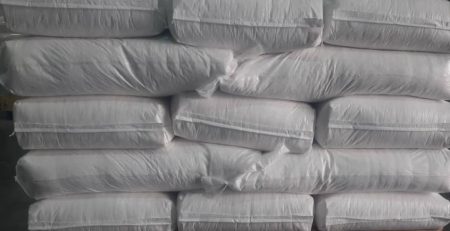
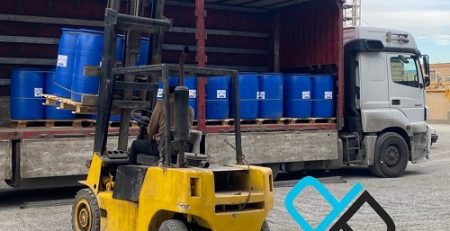

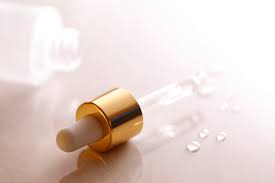
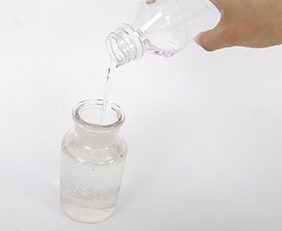
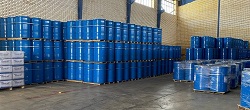
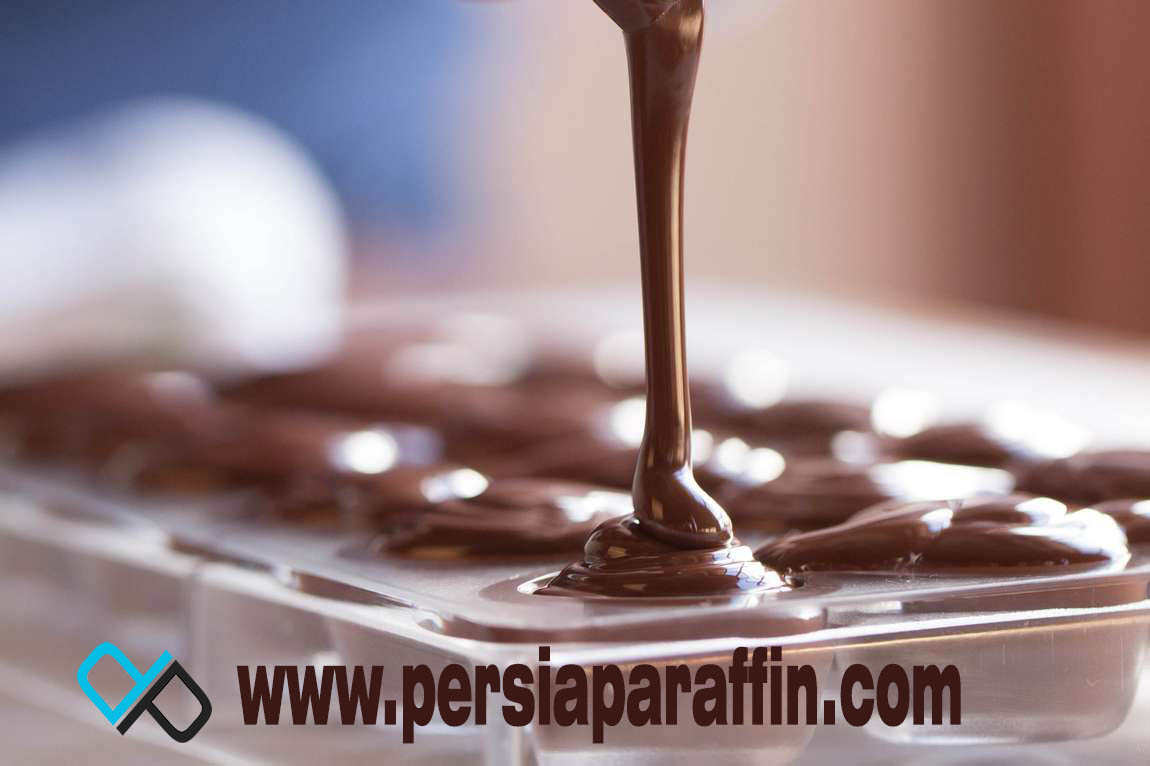


Leave a Reply
You must be logged in to post a comment.